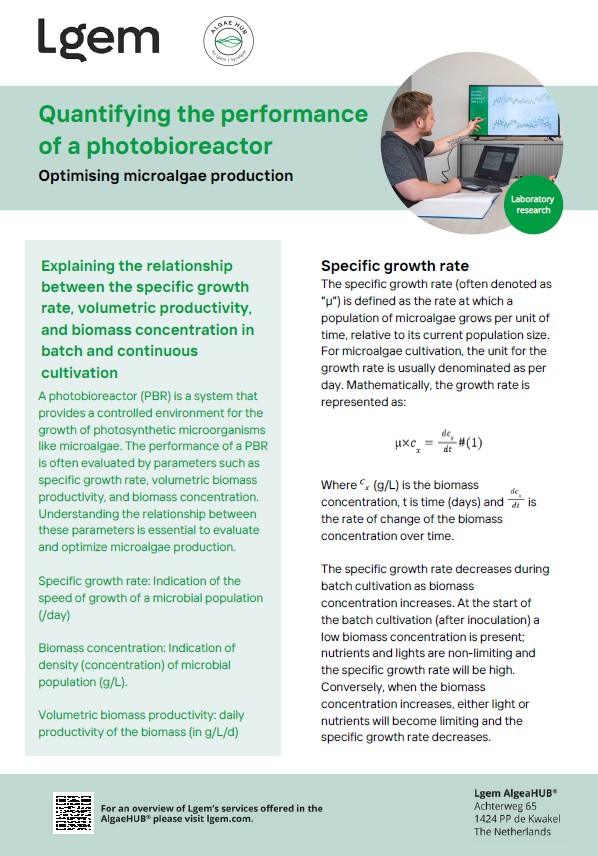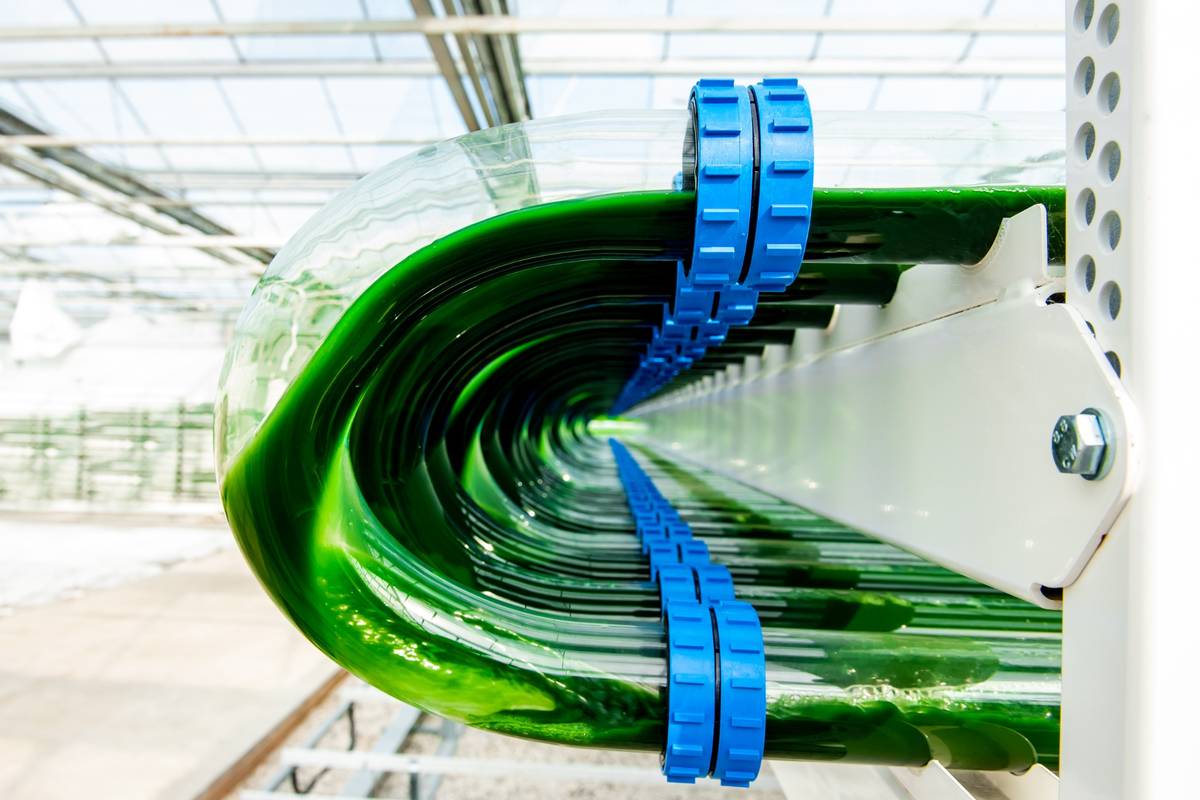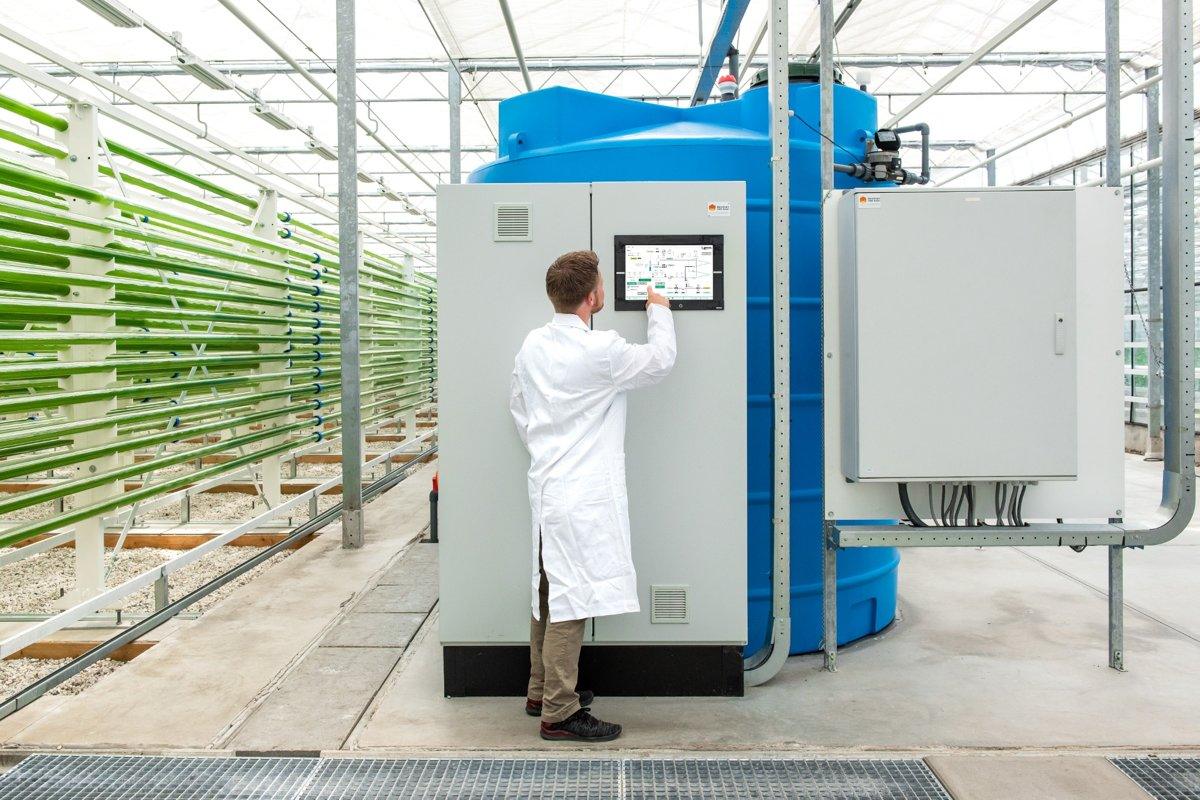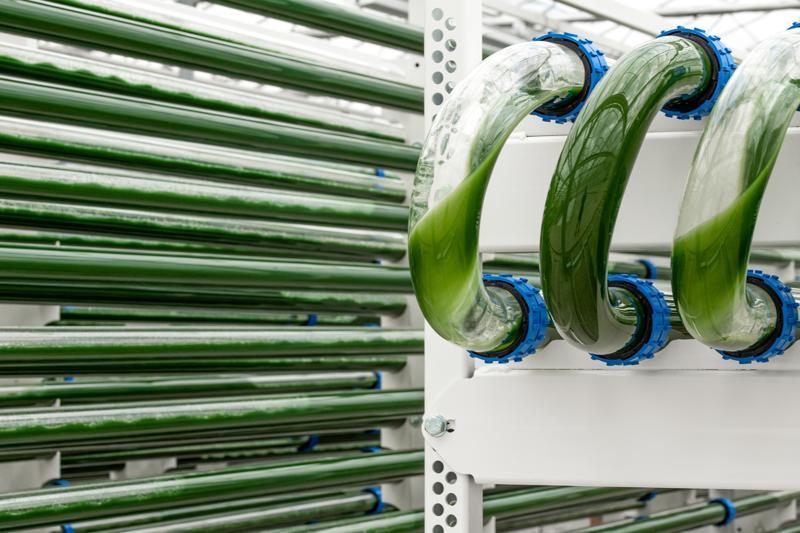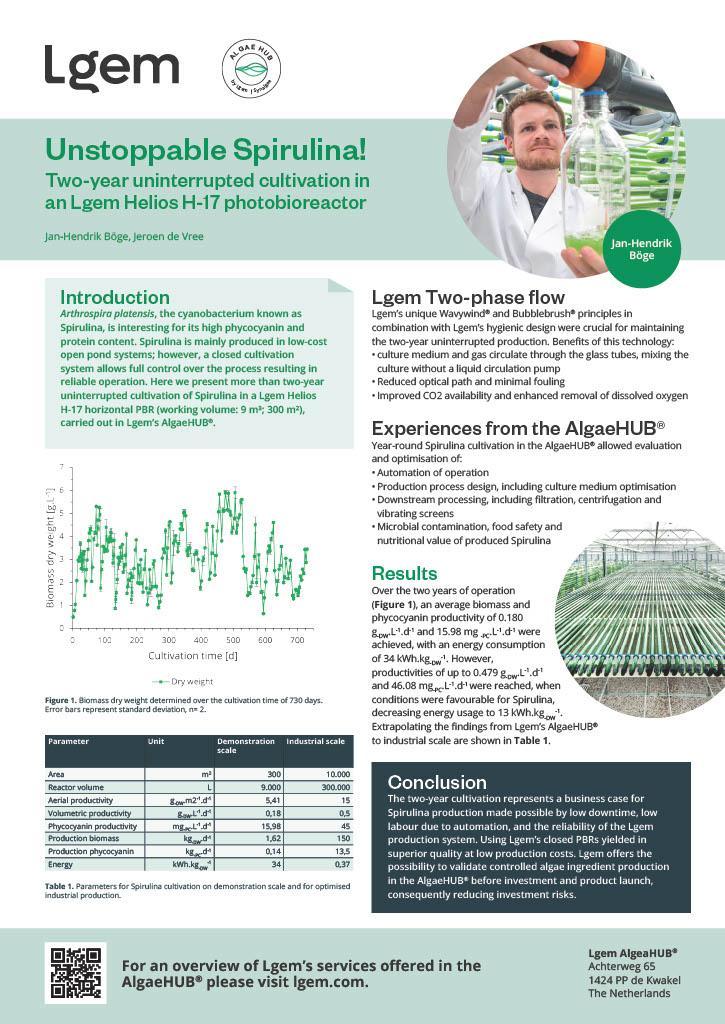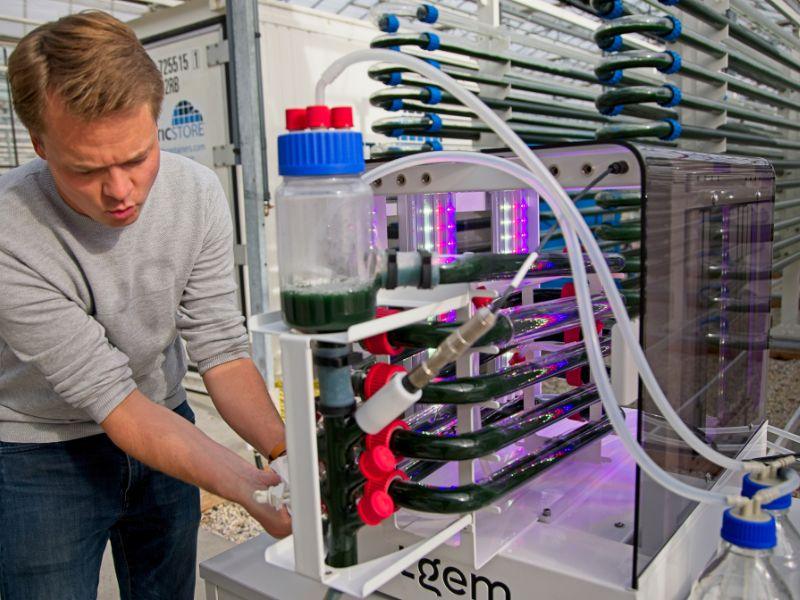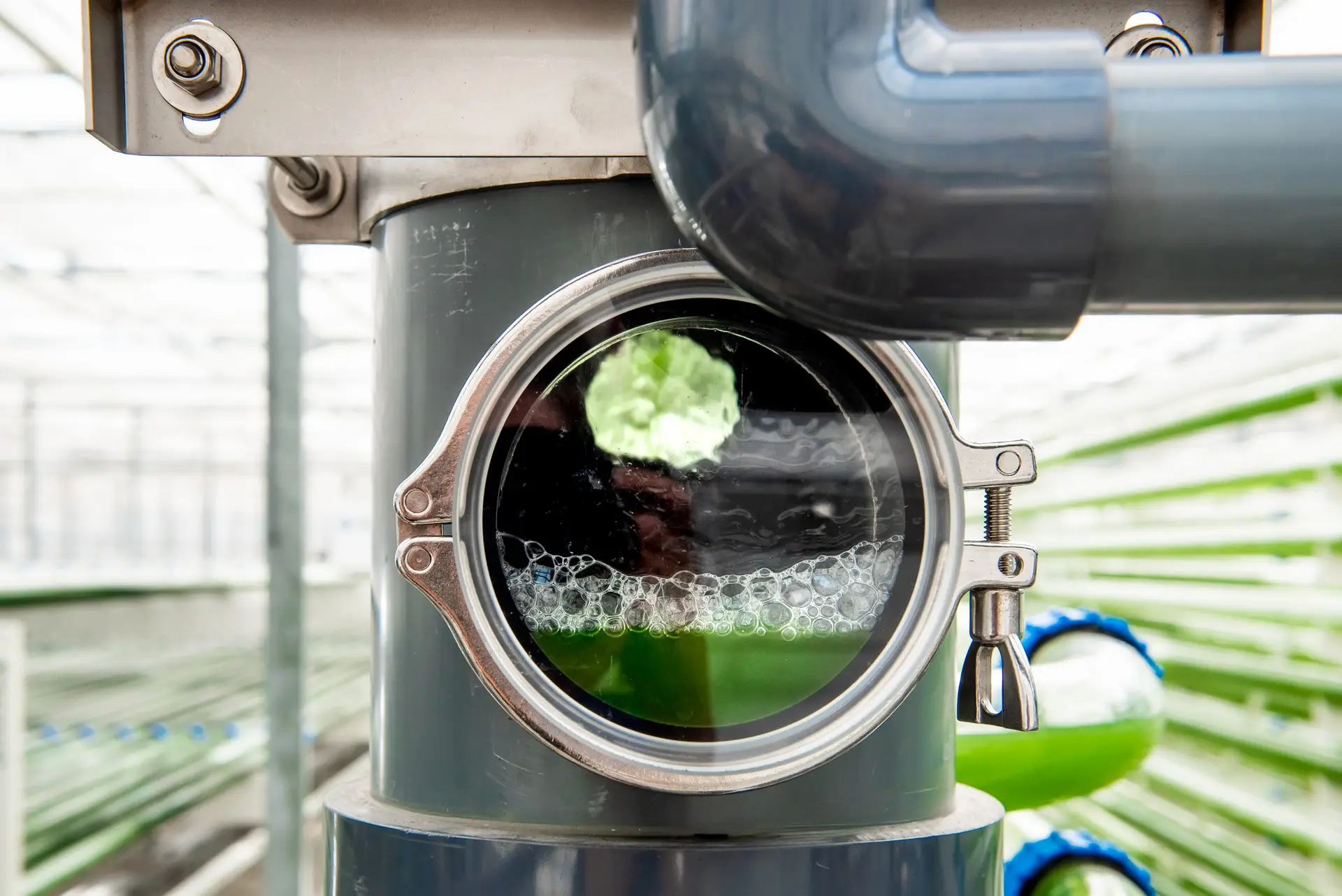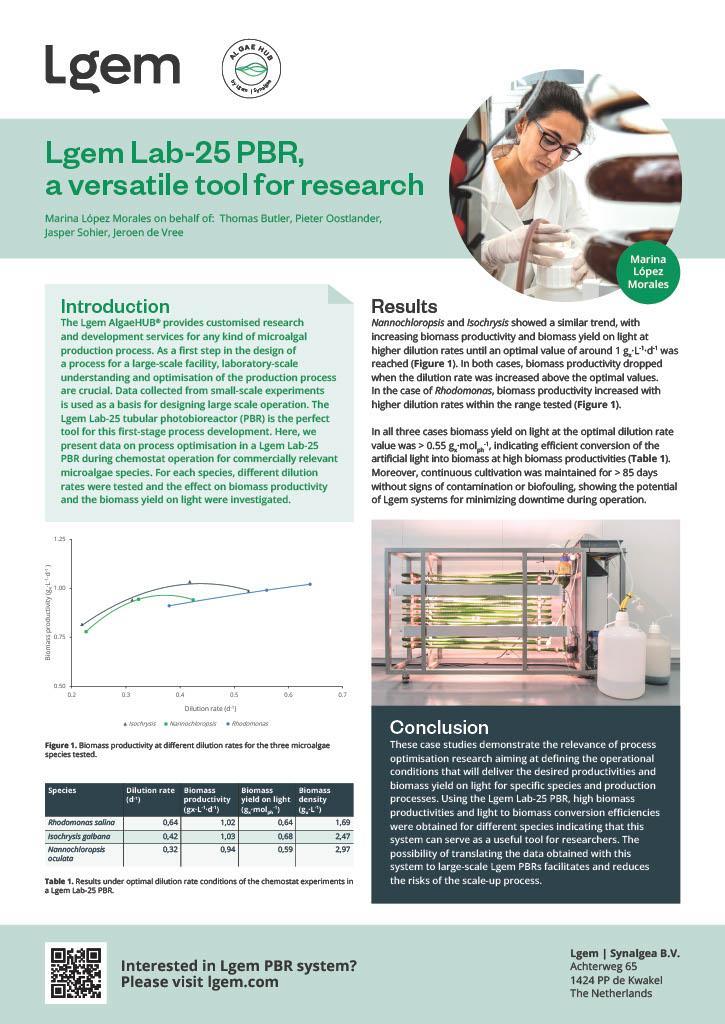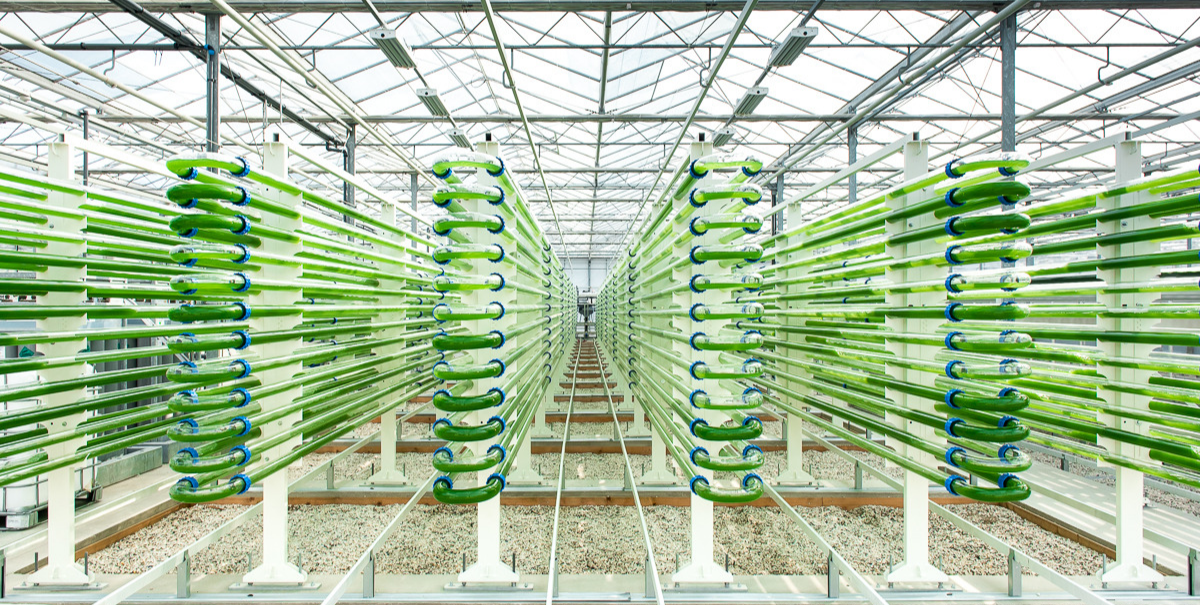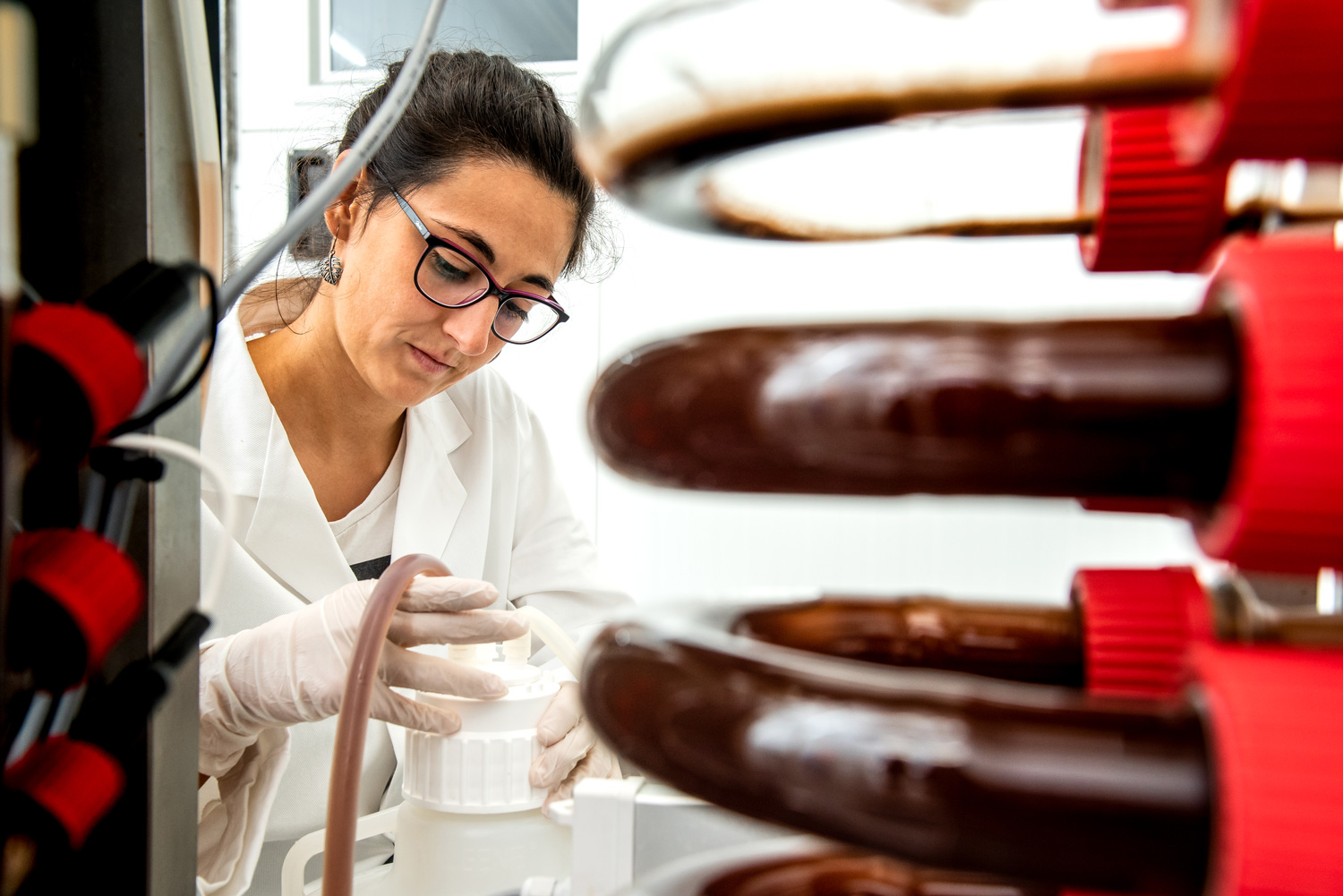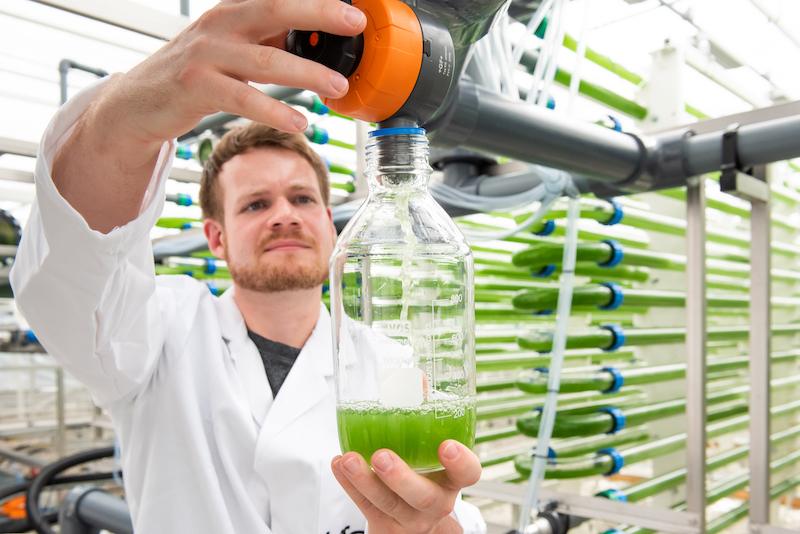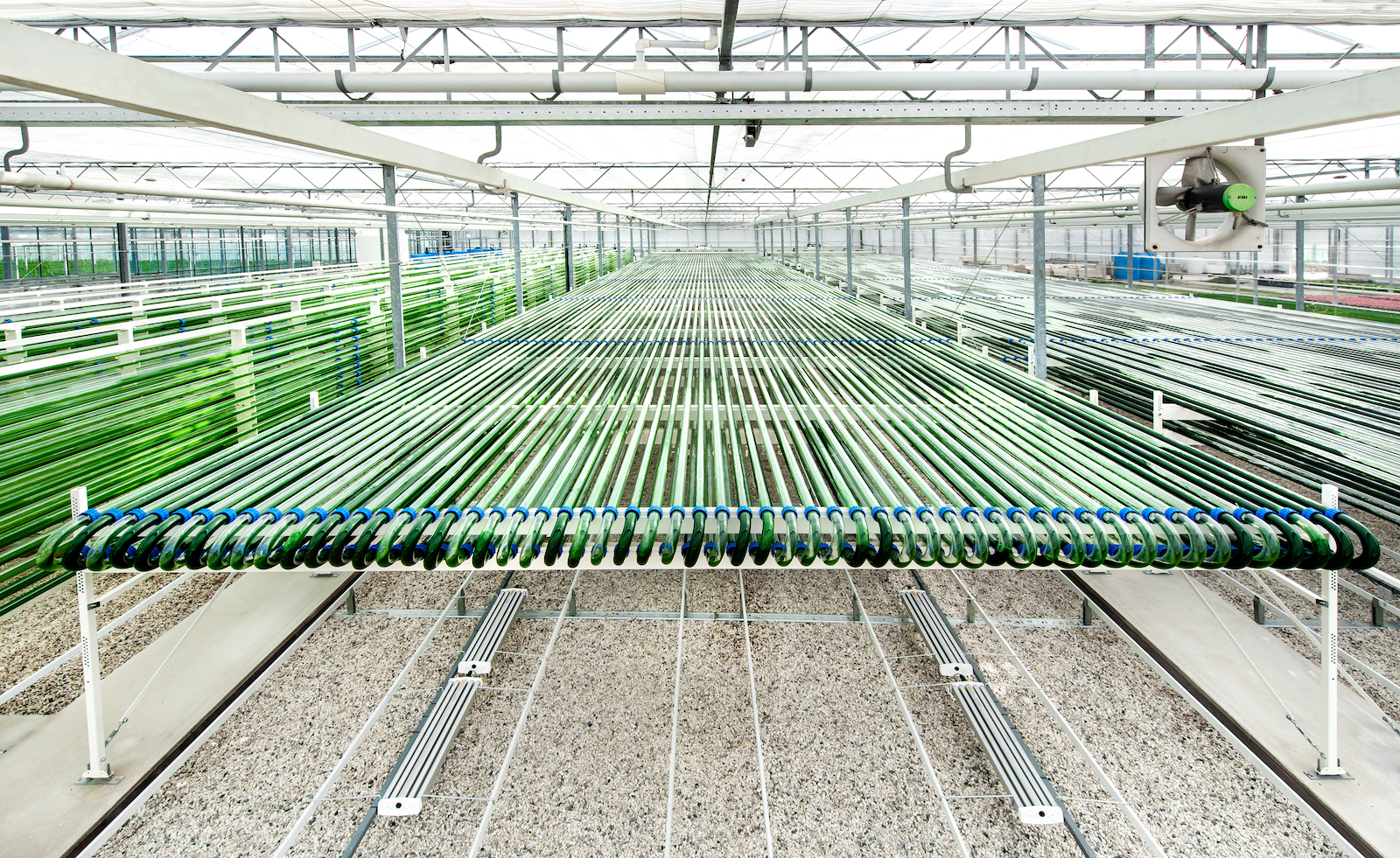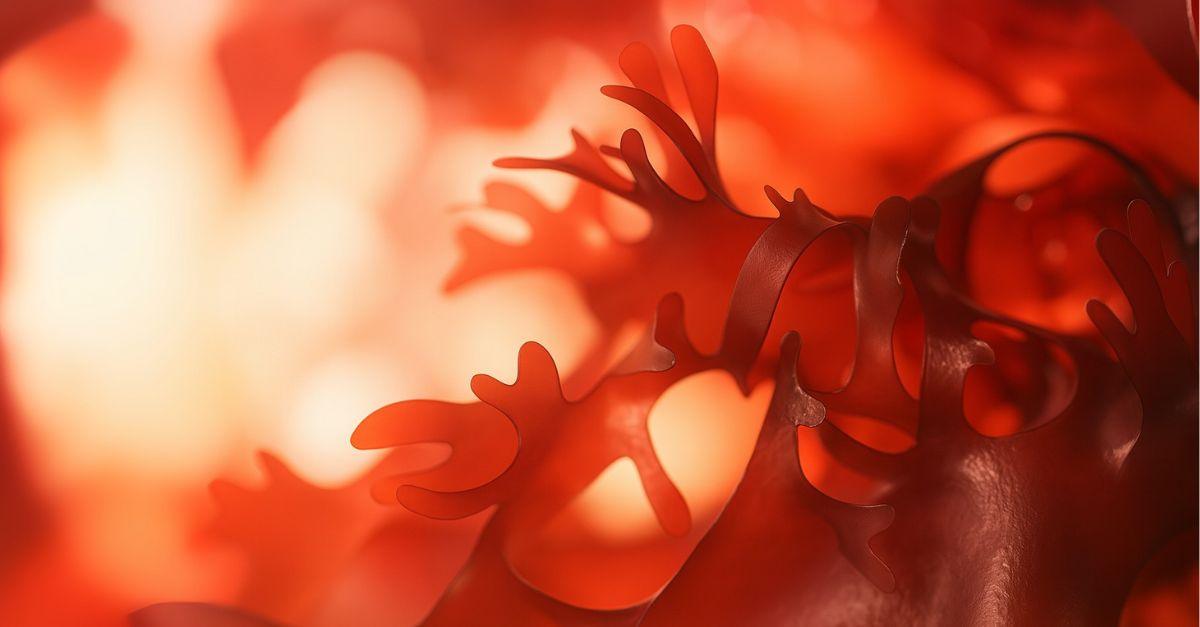
Astaxanthin research is increasingly highlighting this compound’s potent antioxidant properties, showing it to be more effective than vitamins C and E, and capable of crossing biological barriers that many other antioxidants cannot. Derived from microalgae, this compound is being studied for its potential in treating conditions such as cardiovascular and neurodegenerative diseases.
Astaxanthin Research: What is Astaxanthin and Where Does it Come From?
Astaxanthin is produced by the microalga Haematococcus pluvialis under stress conditions. Using advanced bioreactor systems, this process can be replicated in a controlled environment, allowing large-scale production of astaxanthin.
Pharmacological Potential: Recent Findings
Research shows that astaxanthin reduces oxidative stress and inflammation, even in hard-to-reach areas like the retina and brain. Studies have demonstrated its benefits for heart function, vascular flexibility, and eye health.
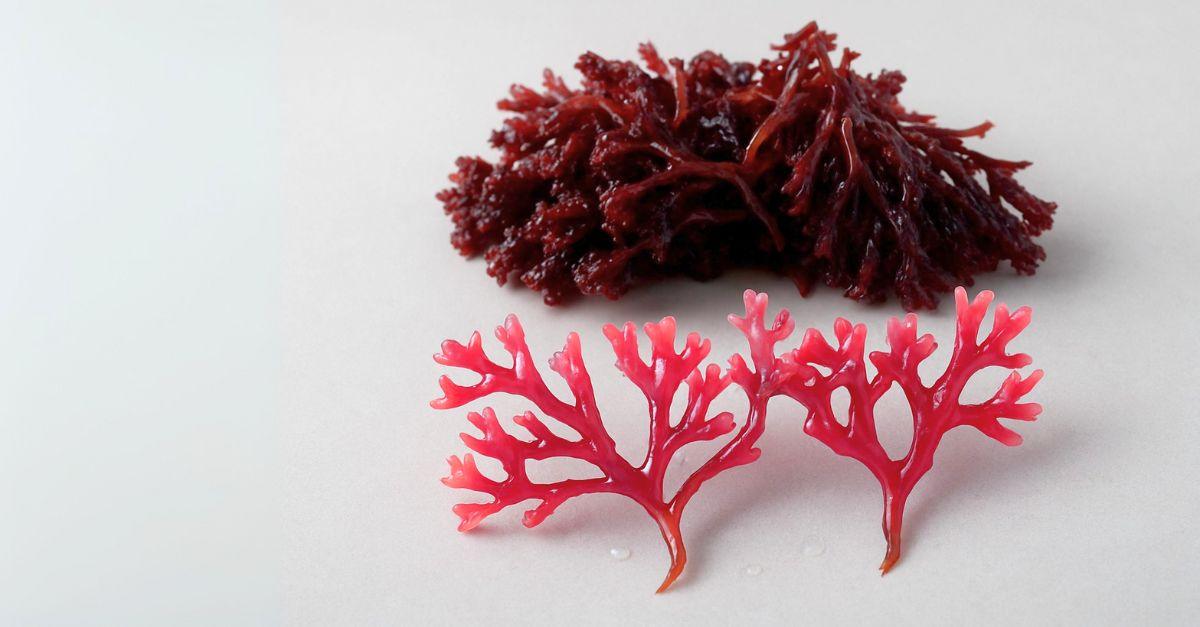
Pharmacological Potential: Recent Findings
Research shows that astaxanthin reduces oxidative stress and inflammation, even in hard-to-reach areas like the retina and brain. Studies have demonstrated its benefits for heart function, vascular flexibility, and eye health.
Mechanisms of Action: Antioxidant and Anti-inflammatory Properties
According to current Astaxanthin research, this compound neutralises free radicals, stabilises cell membranes, and inhibits inflammatory responses. Its unique molecular structure allows it to function in both water- and fat-soluble environments, acting effectively across various tissues.
Delivery Formats and Bioavailability
One of the main challenges in medical use is ensuring effective absorption. New technologies such as lipid-based carriers, nanocapsulation, and emulsion systems significantly improve its bioavailability. Liposomal formulations are showing particularly promising results.
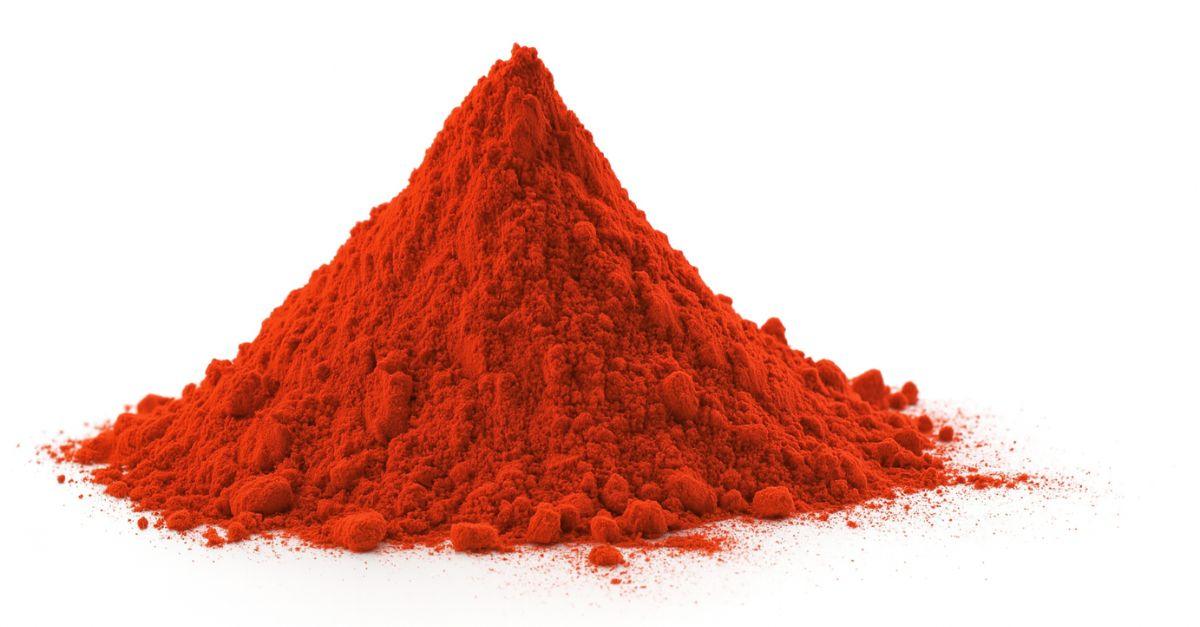
Clinical Trials and the R&D Pipeline in Astaxanthin Research
Clinical studies report improvements in physical recovery, skin elasticity, cognitive function, and cardiovascular indicators. Ongoing trials are exploring its use in eye health, neuroprotection, and sports performance enhancement.
Regulatory and Commercial Challenges in Astaxanthin Research
Astaxanthin straddles the line between dietary supplement and pharmaceutical, creating complex regulatory pathways. Successful commercialisation depends on robust scientific evidence and strategic positioning across multiple market sectors.
